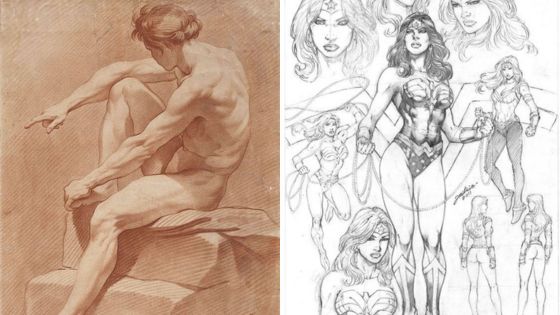Portrait drawing is a form of art that involves creating a likeness of a person through drawing. It is a challenging yet rewarding practice that requires patience, skill, and attention to detail. Whether you are a beginner or an experienced artist, portrait drawing is a great way to improve your drawing skills and explore your creativity.
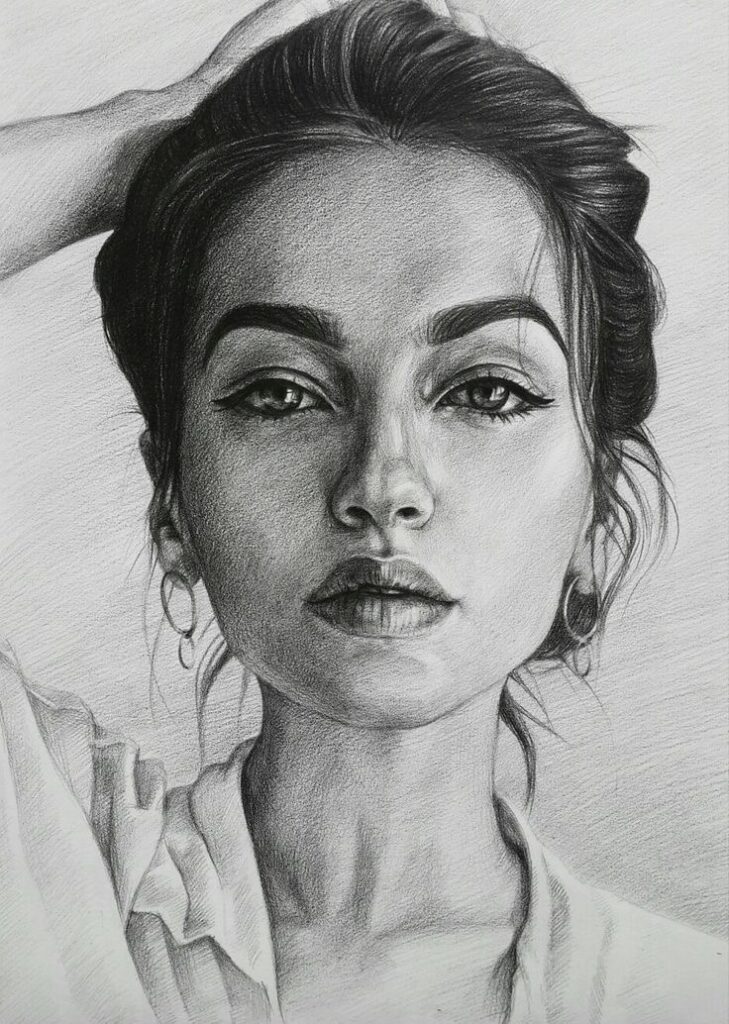
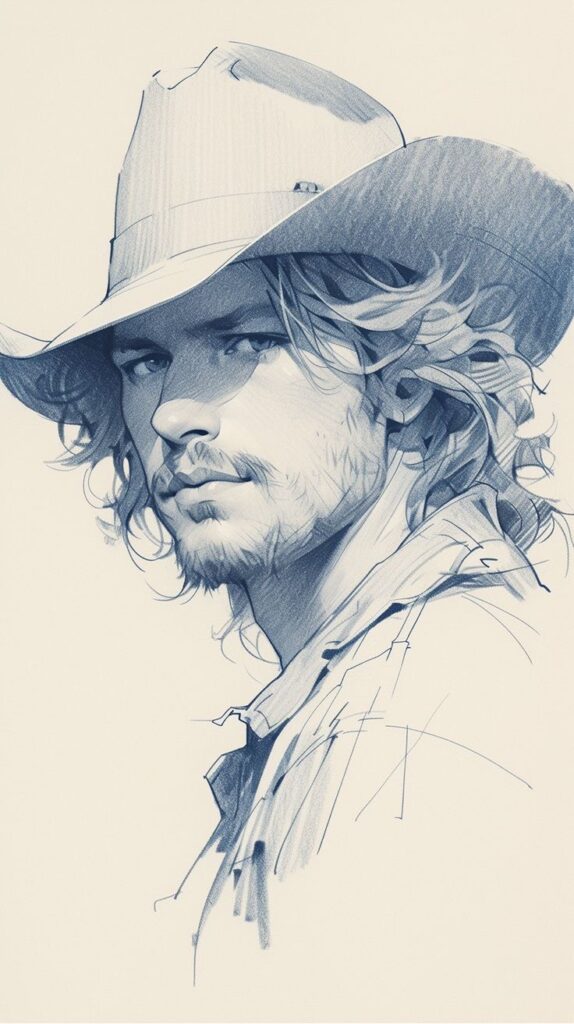
To create a successful portrait drawing, it is important to understand the fundamentals of drawing, such as proportion, anatomy, shading, and composition. Additionally, choosing the right materials and tools, such as pencils, erasers, and paper, can make a significant difference in the quality of your work. With the right techniques and tools, you can create realistic and expressive portraits that capture the essence of your subject.
Overall, portrait drawing is a versatile and engaging art form that offers endless possibilities for artistic expression and personal growth. With practice and dedication, anyone can learn to draw portraits and develop their own unique style.
Key Takeaways
- Portrait drawing is a challenging yet rewarding practice that requires skill and attention to detail.
- Understanding the fundamentals of drawing and choosing the right materials and tools are important for creating successful portraits.
- With practice and dedication, anyone can learn to draw portraits and develop their own unique style.
Fundamentals of Portrait Drawing

Understanding Proportions
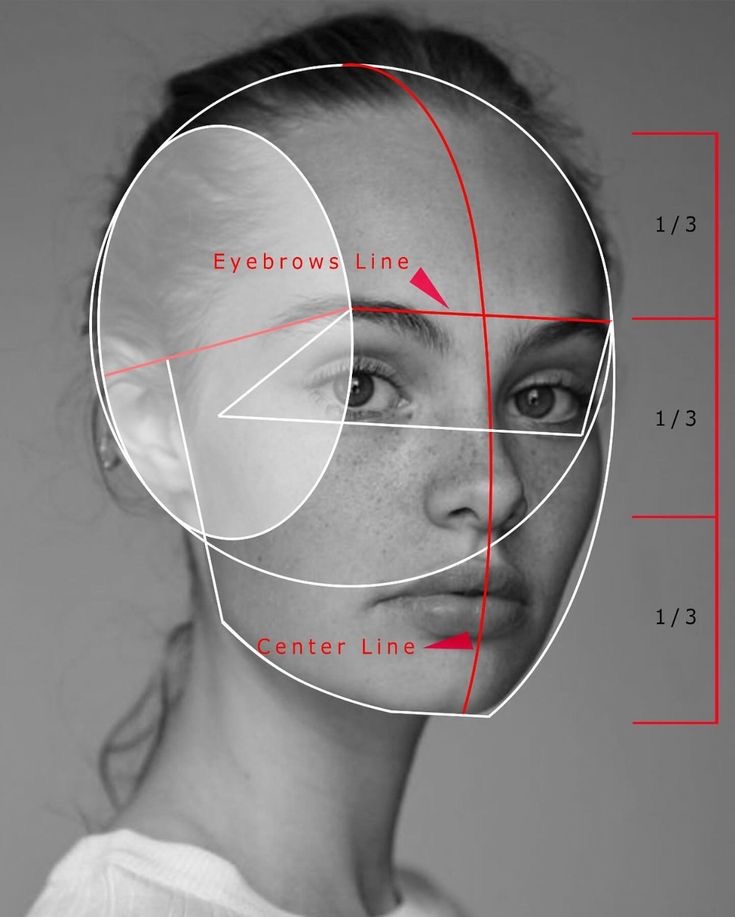
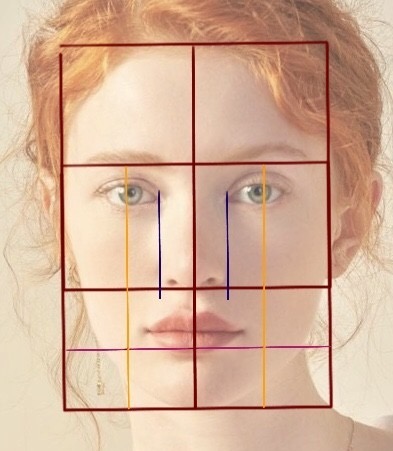
Proportions are the key to creating a realistic portrait. The human face has a specific set of proportions that must be followed in order to create a recognizable likeness. A common method for ensuring correct proportions is to use a circle as a guide for the head and an oval for the face. It is important to note that while these shapes can be helpful, they are not always exact and should be adjusted as needed.
Facial Features and Their Placement
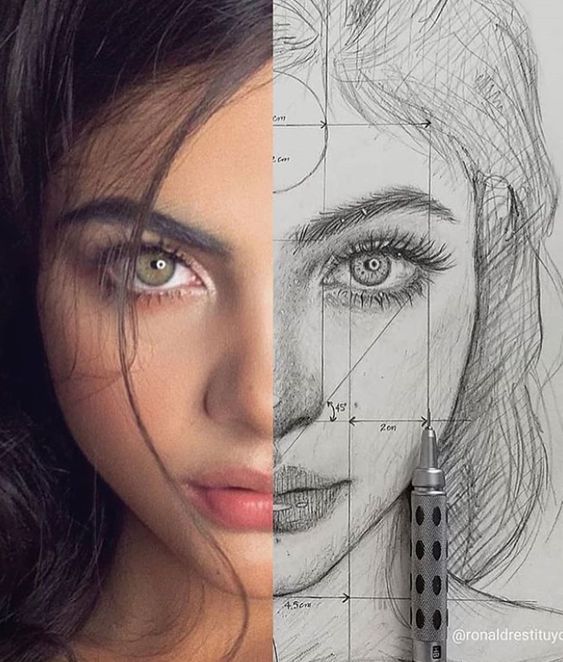
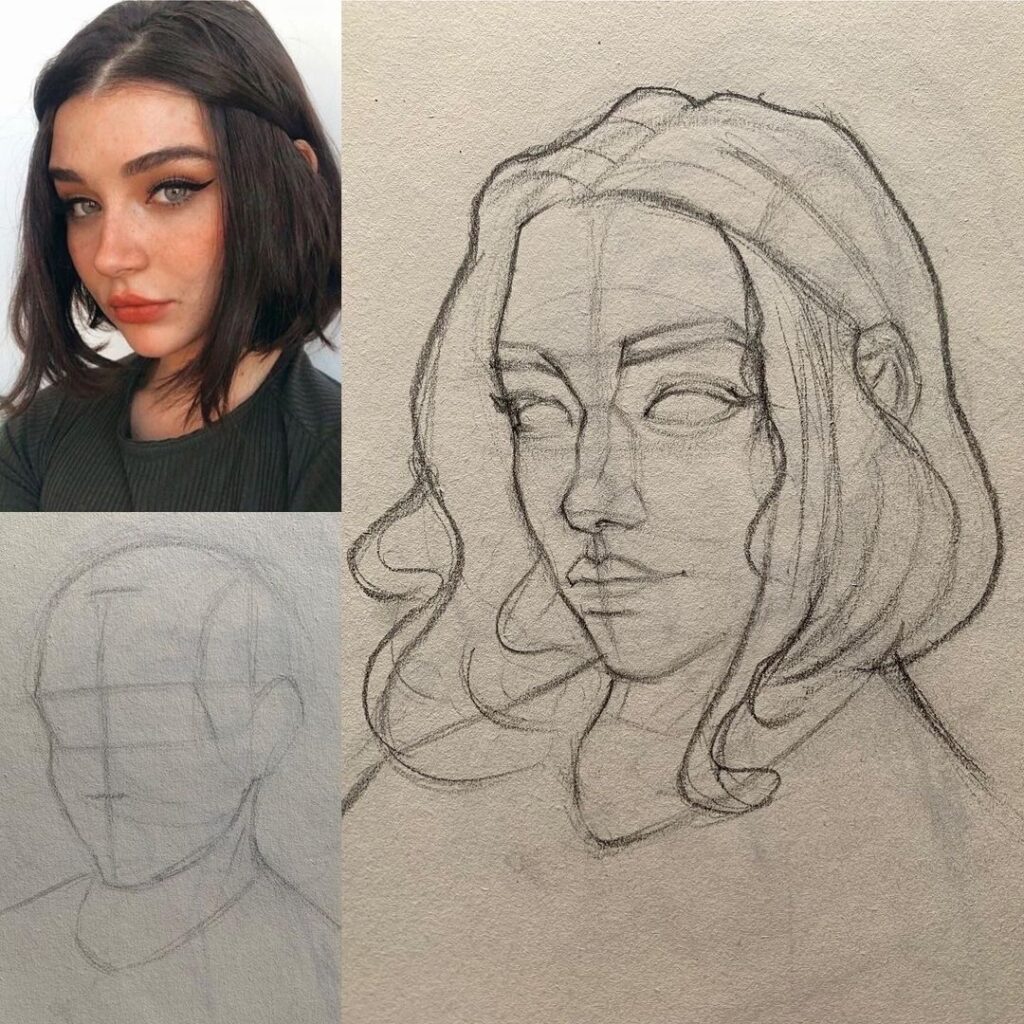
The placement of facial features is crucial in creating a realistic portrait. The eyes are typically placed halfway down the head, with the nose and mouth below. The ears are usually aligned with the eyes and nose. It is important to note that facial features vary from person to person and adjustments may need to be made to create a likeness.
Form and Dimension
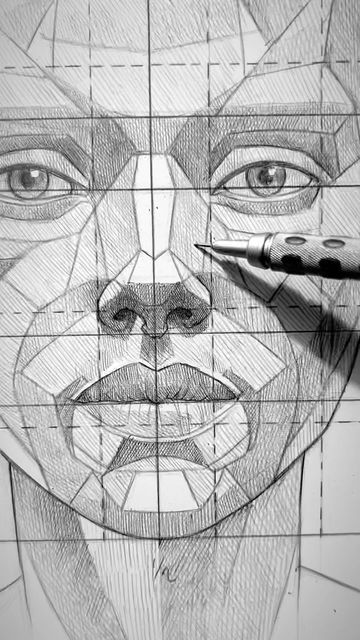
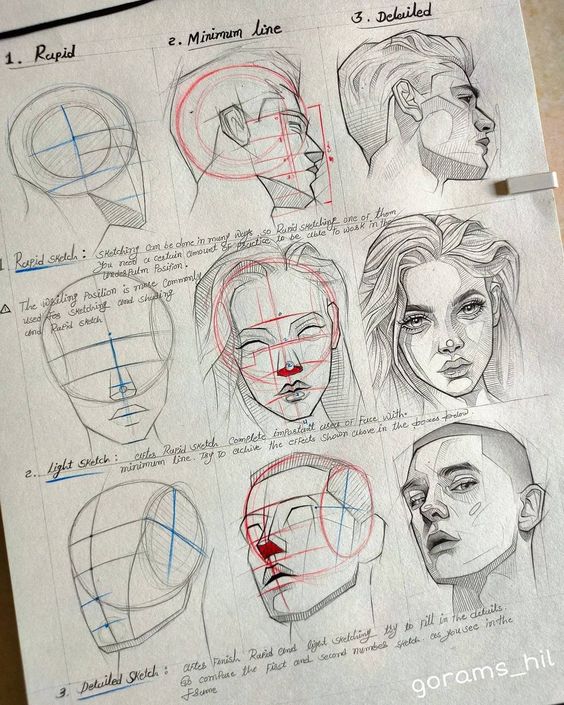
Creating the illusion of form and dimension is key to creating a realistic portrait. Shading and highlighting can be used to create the illusion of depth and dimension. It is important to pay attention to the direction of light and shadows when shading.
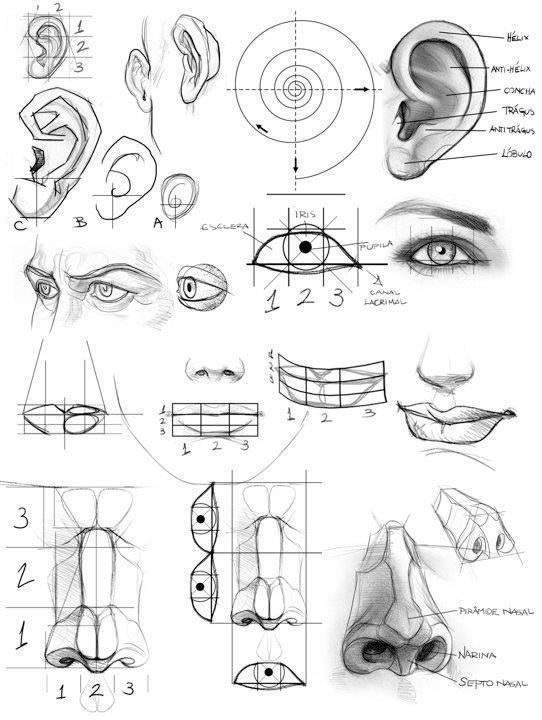
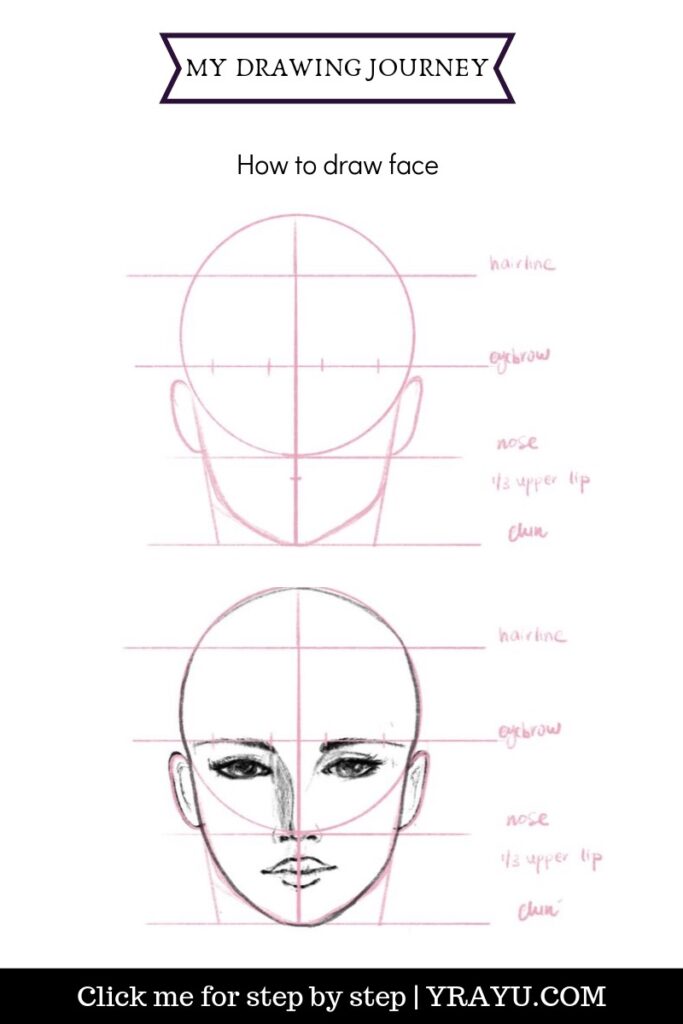
Overall, understanding proportions, facial features, form, and dimension are crucial in creating a realistic portrait. By following these fundamental principles and adjusting as needed, artists can create lifelike portraits that capture the essence of their subjects.
Materials and Tools
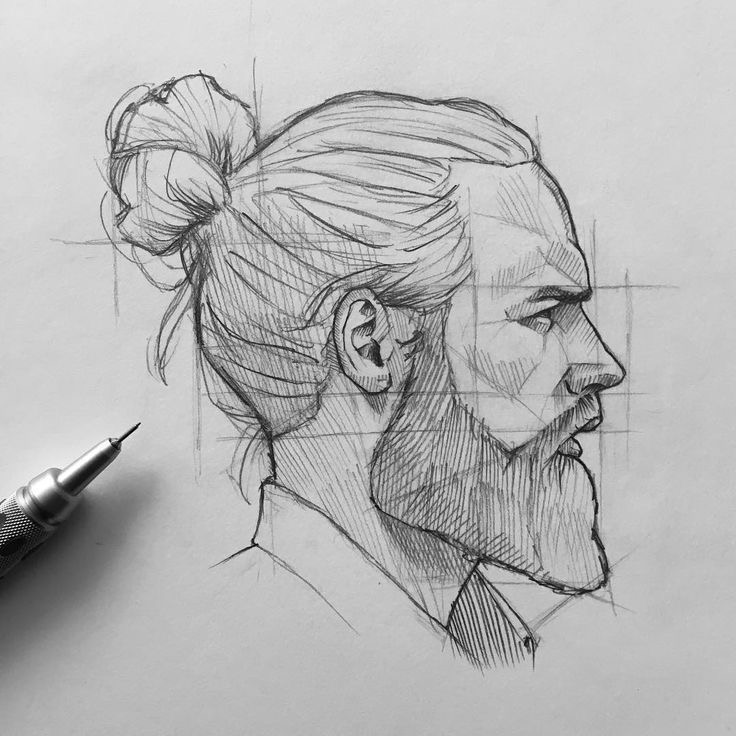
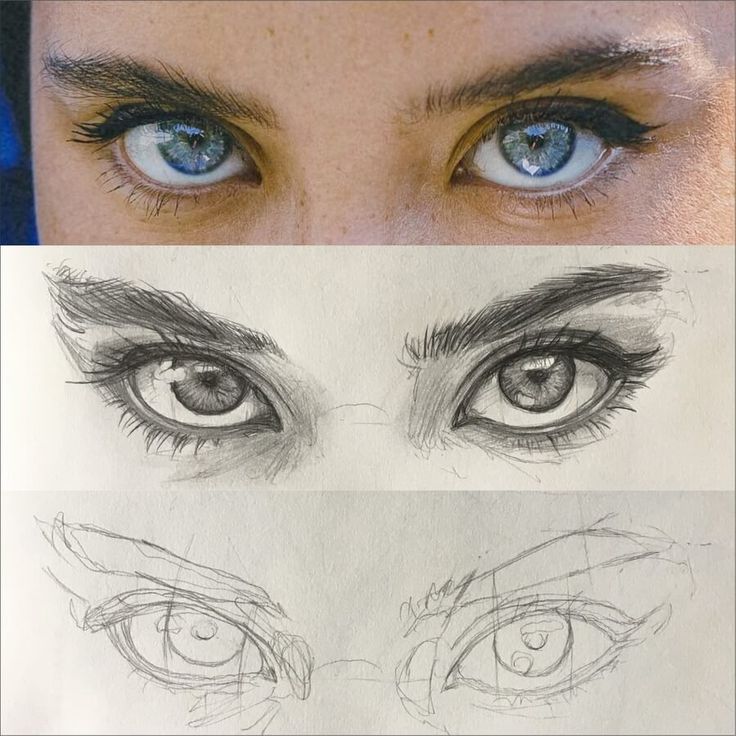
Choosing the Right Paper
Choosing the right paper is essential for creating a successful portrait drawing. The type of paper you choose can affect the texture, tone, and overall look of your drawing. Portrait artists commonly use heavyweight, acid-free paper with a smooth surface. Smooth paper allows for fine details and precise lines, while heavyweight paper prevents smudging and tearing. Some popular types of paper for portrait drawing include Bristol board, vellum, and drawing paper.
Pencils and Erasers
Pencils and erasers are the most basic tools for portrait drawing. Artists typically use a range of graphite pencils, from hard (H) to soft (B), to achieve different levels of shading and contrast. A kneaded eraser is a popular choice for portrait artists because it can be shaped to erase small areas and create highlights. A white vinyl eraser is also useful for erasing larger areas and correcting mistakes.
Additional Drawing Tools
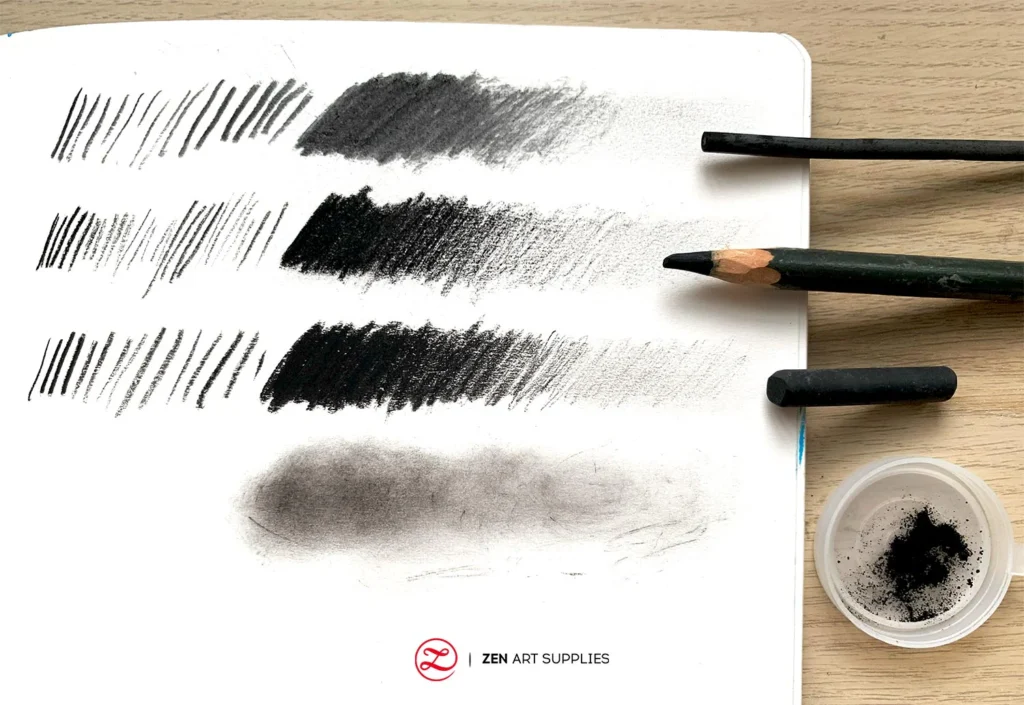
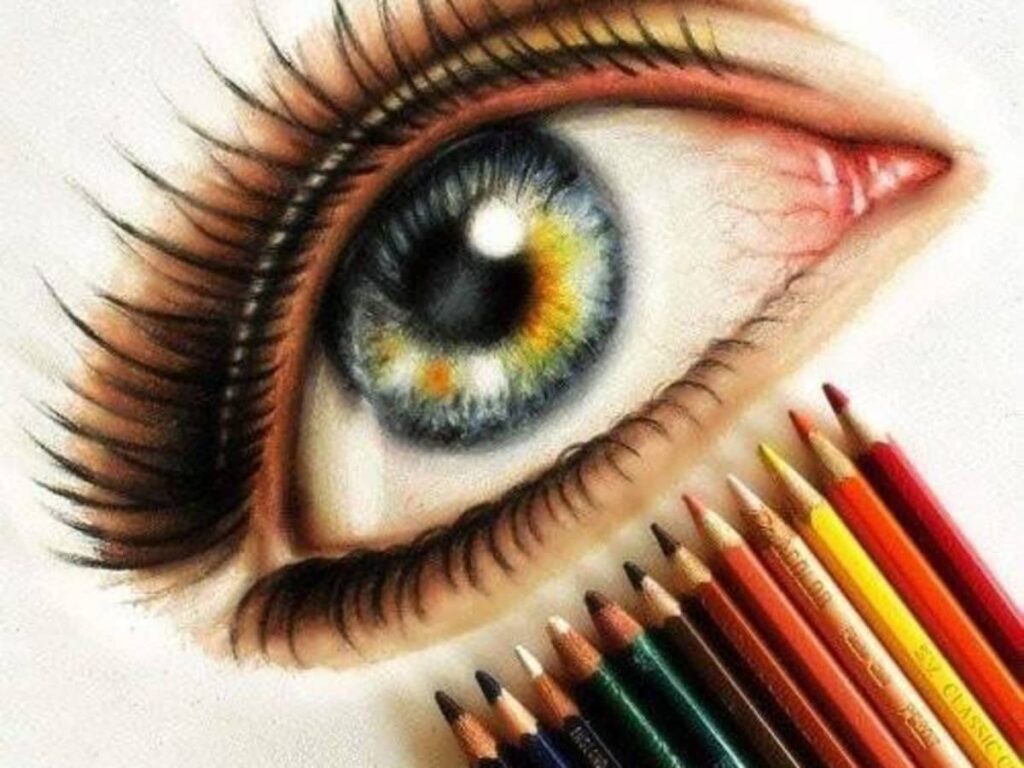
In addition to pencils and erasers, there are several other drawing tools that can be useful for portrait drawing. Charcoal is a popular medium for creating dramatic and expressive portraits. Kneaded erasers can be used to create highlights and smudge charcoal for shading. Colored pencils and markers can be used to add color to a portrait or create a mixed media piece. For digital portrait artists, a digital tablet and stylus can be a valuable tool for creating precise and detailed work.
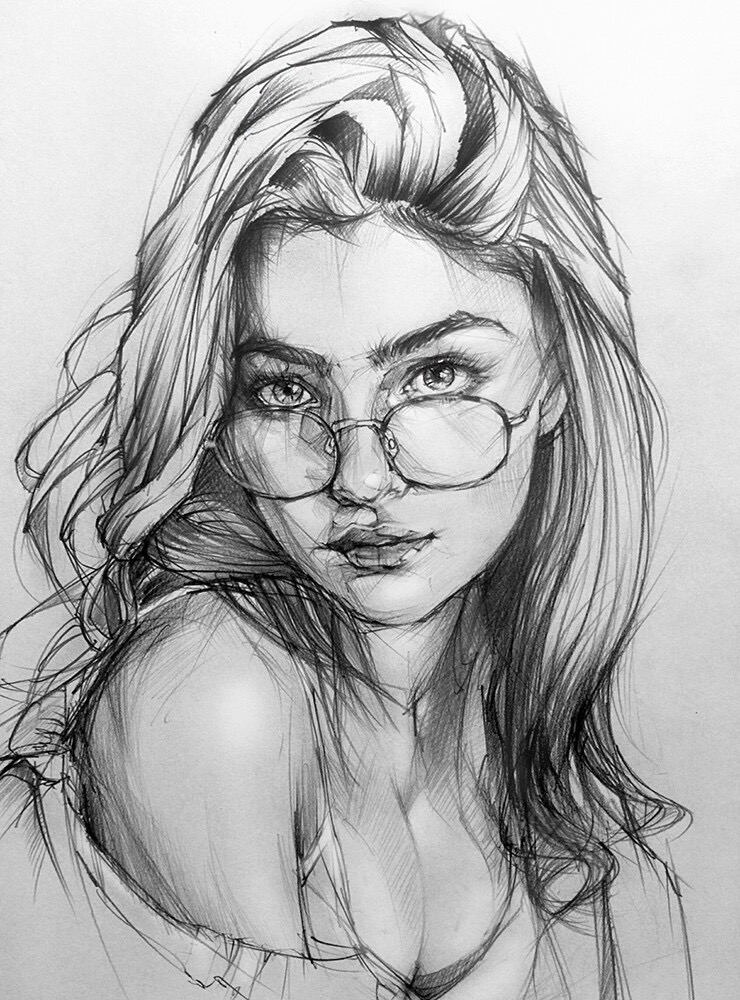
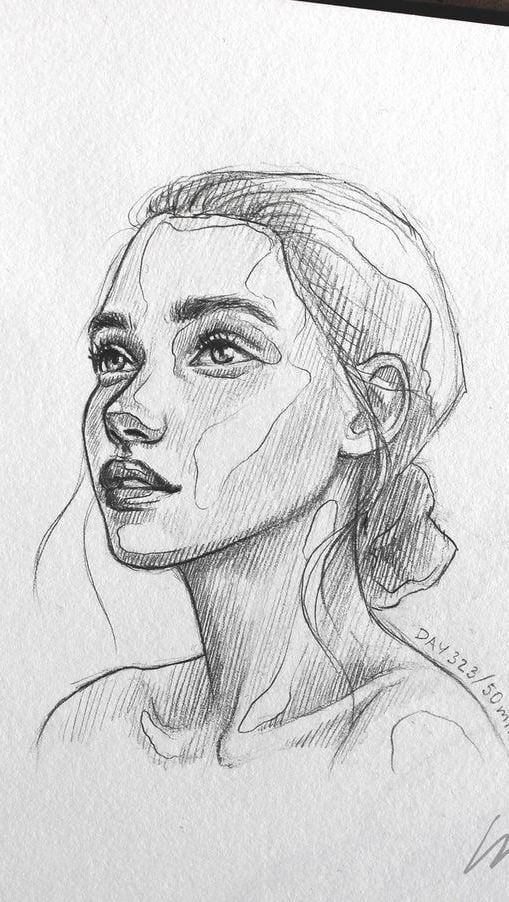
Overall, selecting the right materials and tools is crucial for creating a successful portrait drawing. By choosing the appropriate paper, pencils, erasers, and additional tools, artists can achieve the desired texture, tone, and overall look of their artwork.
Techniques for Portrait Drawing

Sketching the Basic Outline
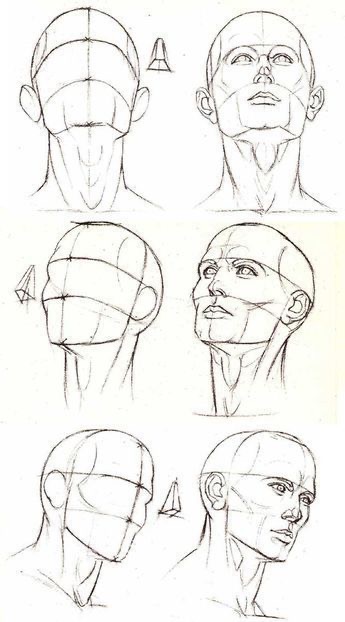
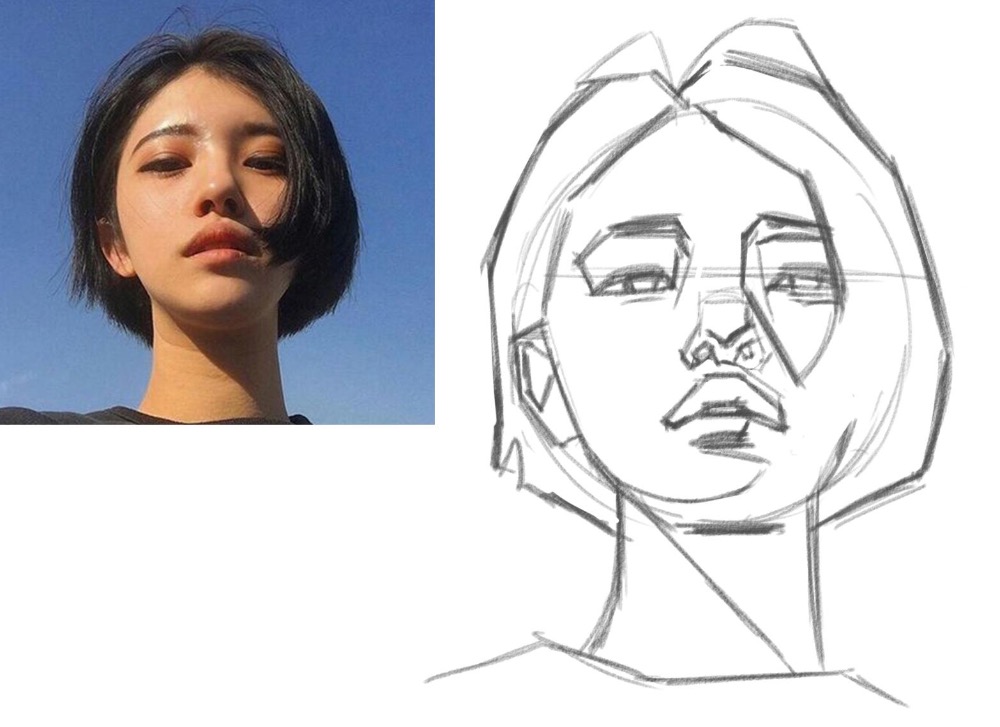
The first step to creating a portrait drawing is to sketch the basic outline of the subject’s face. This can be done using a variety of techniques, such as using a grid method or drawing freehand. It is important to pay attention to proportions and angles, as these will determine the likeness of the final portrait.
Shading and Texture
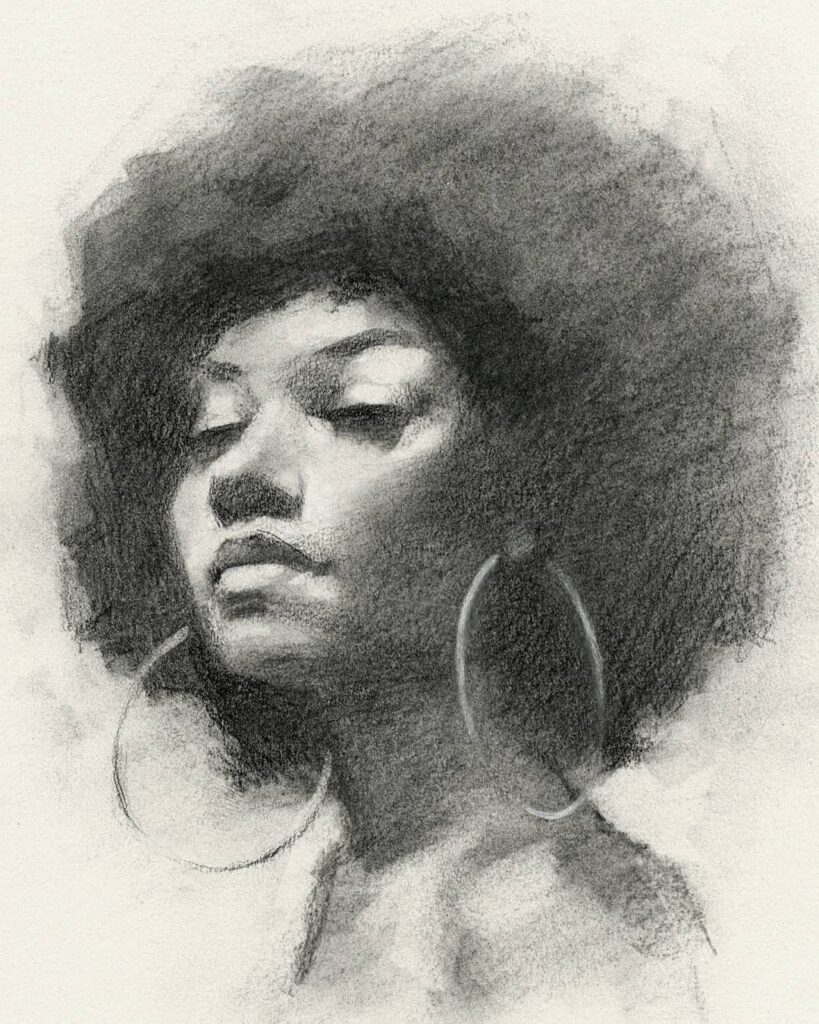
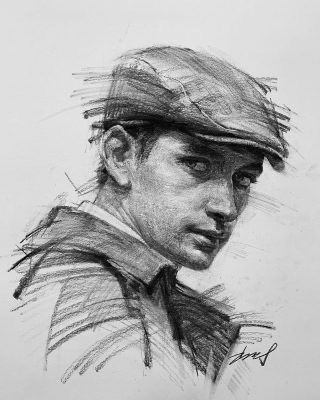
Once the basic outline is complete, the next step is to add shading and texture to the portrait. This is done by using a shading technique that involves adding lights, darks, and shadows to create depth and dimension. It is important to pay attention to the direction of the light source and the texture of the subject’s skin and hair.
Creating Realistic Details
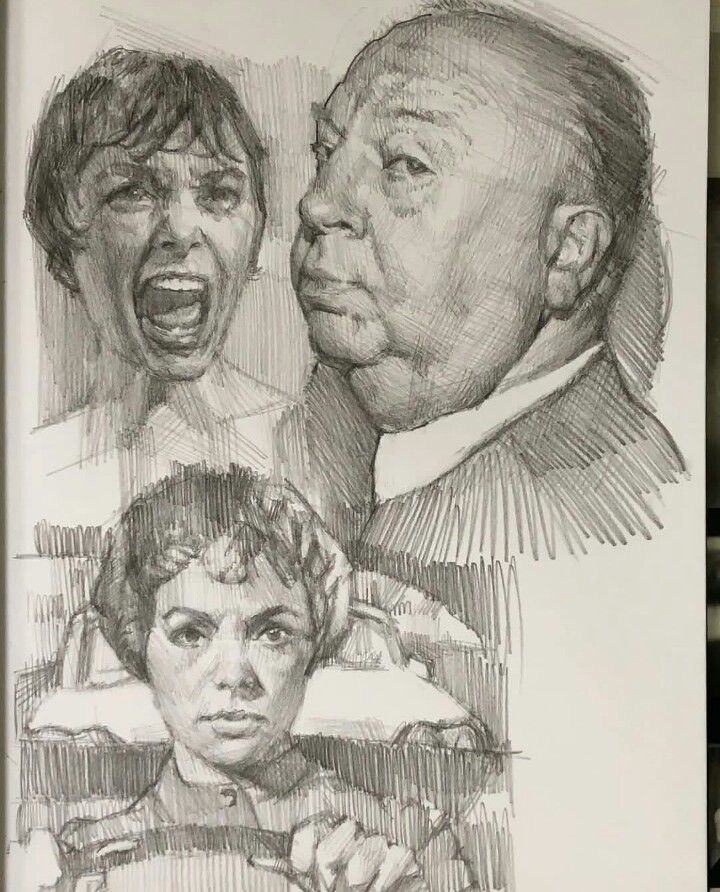
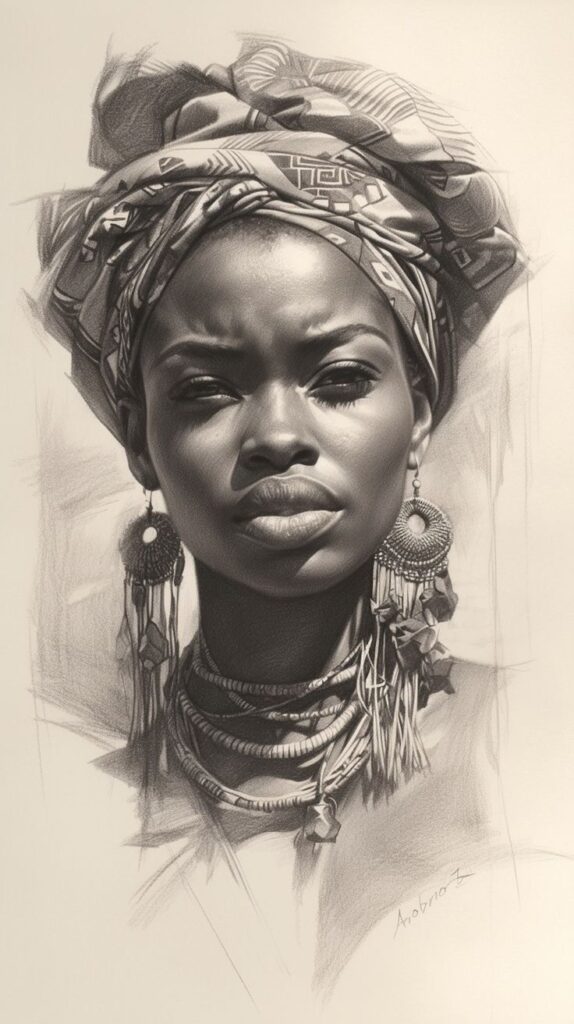
The final step in creating a portrait drawing is to add realistic details, such as facial features and hair. This is done by paying close attention to the subject’s unique characteristics, such as the shape of their nose or the texture of their hair. It is important to use a variety of shading techniques to create a sense of realism and depth.
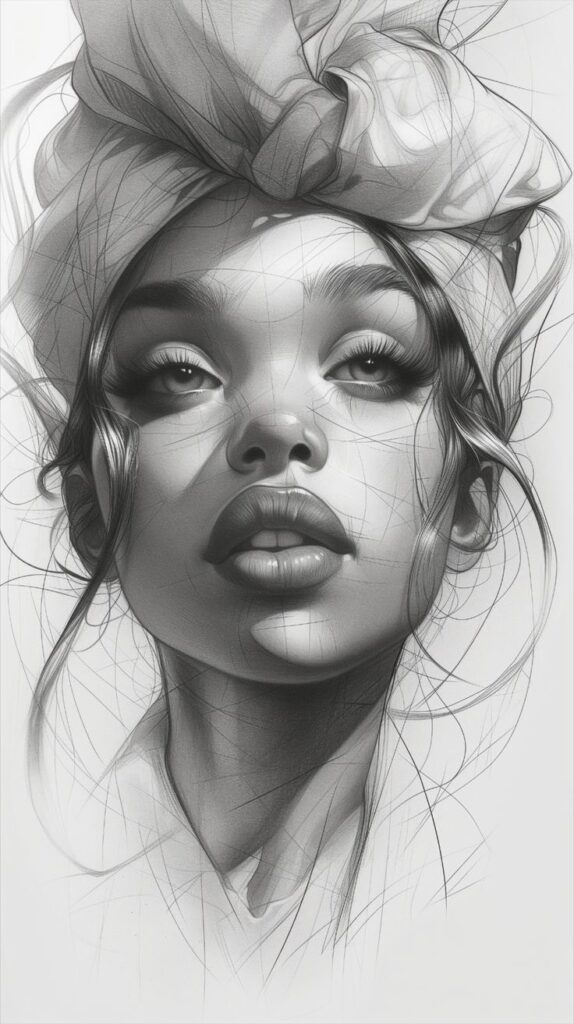
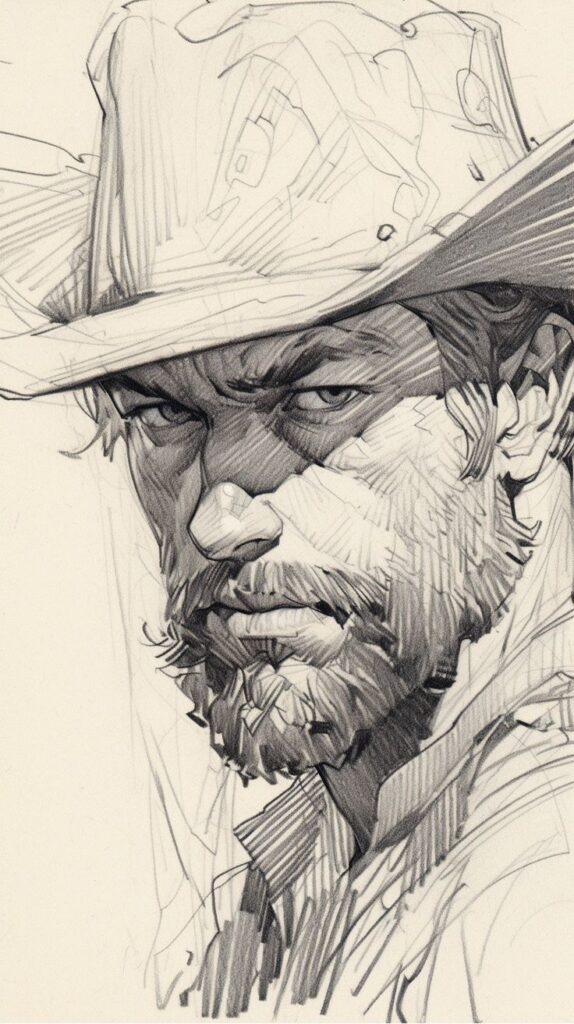
Overall, creating a portrait drawing requires a combination of technical skill and artistic vision. By following these techniques for sketching the basic outline, shading and texture, and creating realistic details, artists can create stunning and accurate portraits that capture the essence of their subjects.
Working from a Reference

Using Photographs Effectively
When it comes to portrait drawing, using a reference photo can be a helpful tool. However, it is important to use photographs effectively to ensure a realistic likeness in the final portrait.
One way to use photographs effectively is to choose a high-quality reference photo with good lighting and clarity. This will help the artist capture the subject’s features accurately. Additionally, it is important to consider the angle and composition of the photo, as this can affect the overall appearance of the portrait.
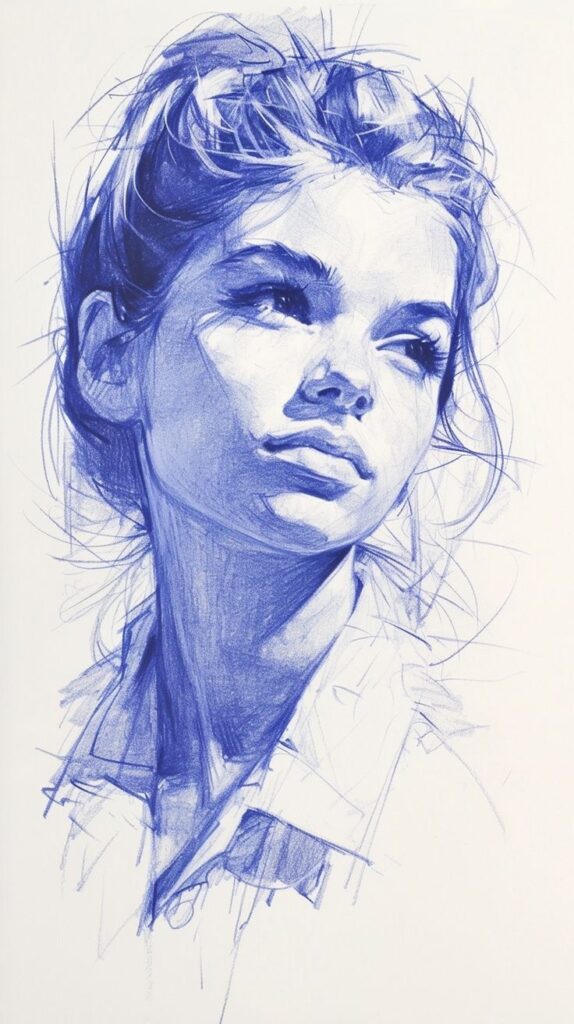
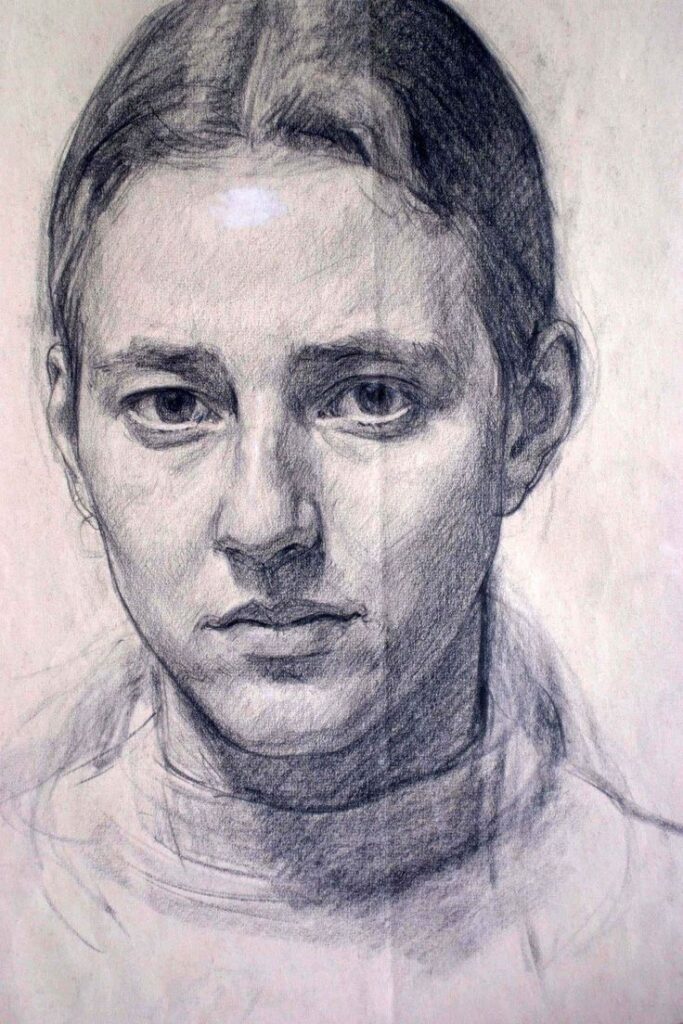
Another tip is to use multiple reference photos to capture different angles or expressions of the subject. This can help the artist create a more well-rounded and realistic portrait.
Drawing from Life
Drawing from life, or directly observing the subject, can be another effective way to create a realistic portrait. This allows the artist to capture the unique features and nuances of the subject’s appearance.
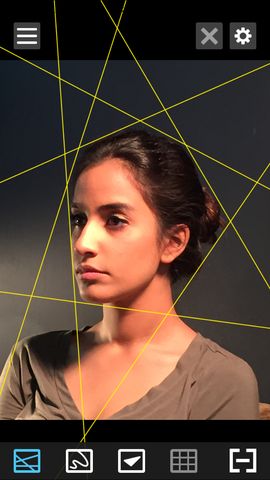
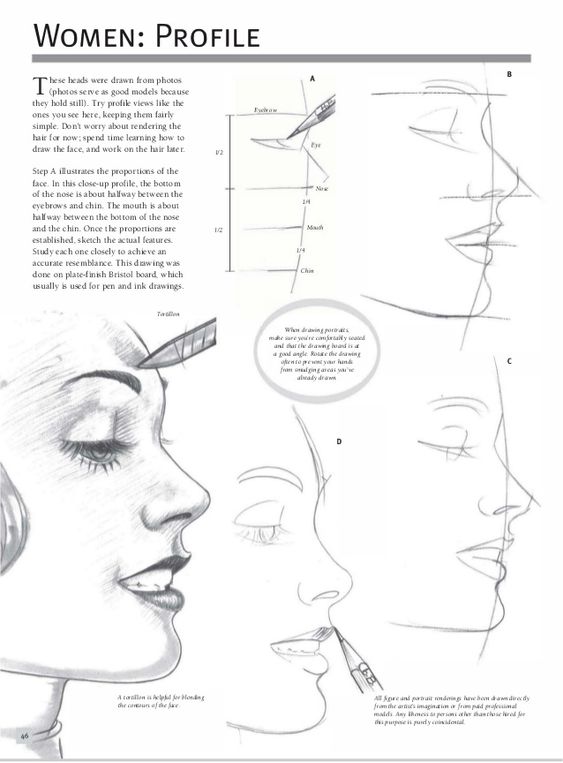
When drawing from life, it is important to consider the lighting and angles of the subject, as well as their movements and expressions. It can also be helpful to work quickly and capture the essence of the subject’s appearance, rather than getting bogged down in details.
Ultimately, whether using a reference photo or drawing from life, the key is to focus on capturing a realistic likeness of the subject in the final portrait.
Common Challenges and Solutions
Capturing Likeness
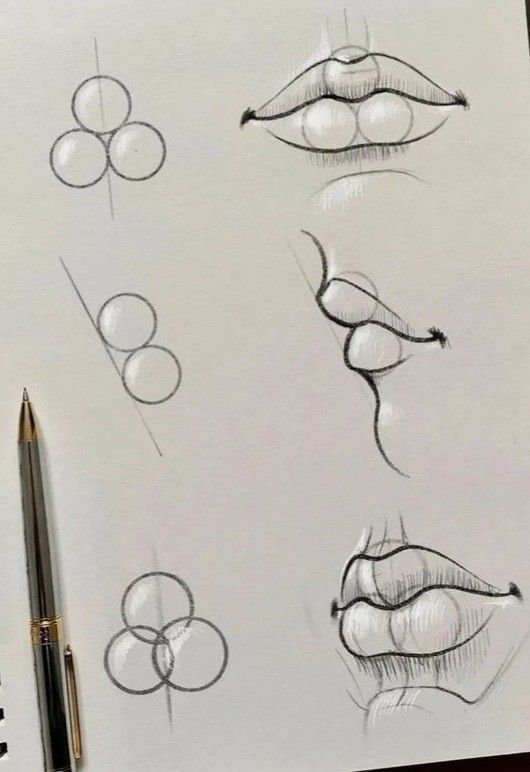
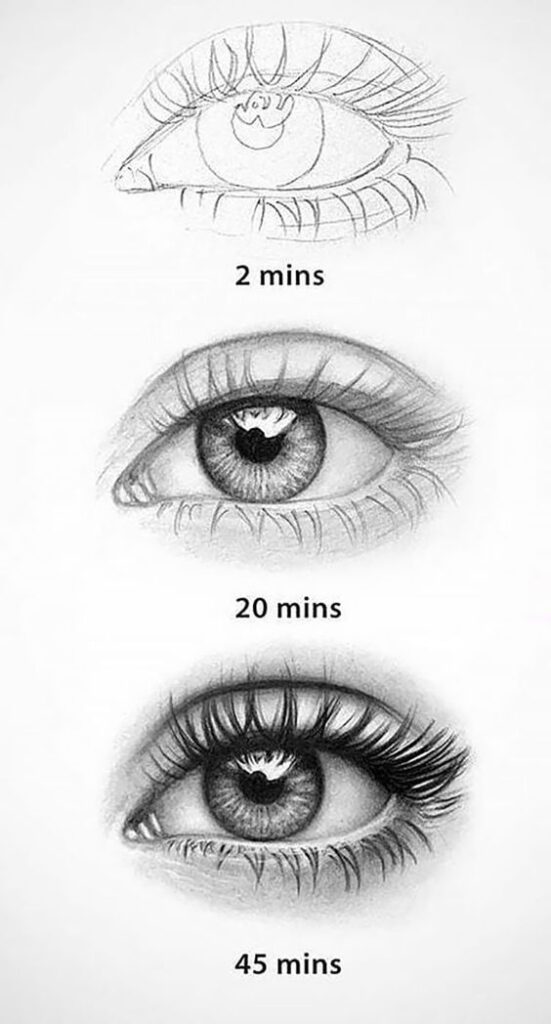
One of the most common challenges in portrait drawing is capturing the likeness of the subject. To achieve a likeness, an artist must pay close attention to the proportions and shapes of the subject’s facial features. It is important to study the subject’s unique facial landmarks, such as the shape of the eyes, nose, and mouth.
To ensure accuracy, artists can use a variety of techniques, including measuring and comparing the size and placement of each feature. Another helpful technique is to use a mirror to compare the drawing to the subject’s face.
Dealing with Perspective
Another challenge in portrait drawing is dealing with perspective. A portrait is a three-dimensional representation of a subject on a two-dimensional surface. This means that the artist must create the illusion of depth and dimensionality through the use of perspective.
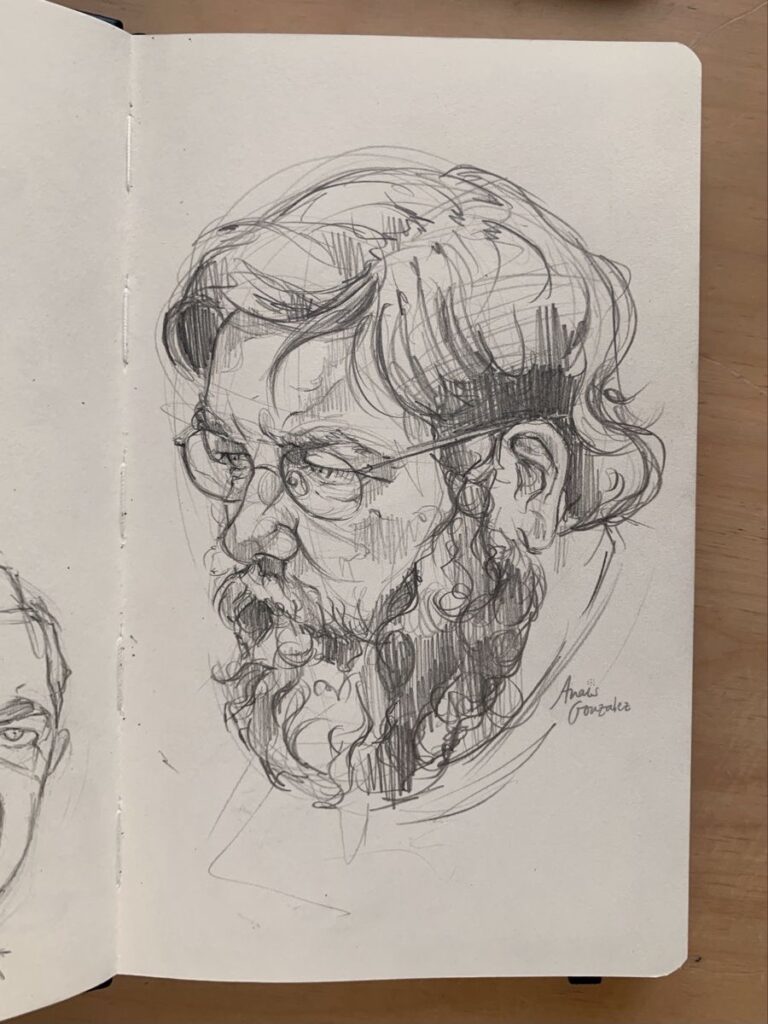
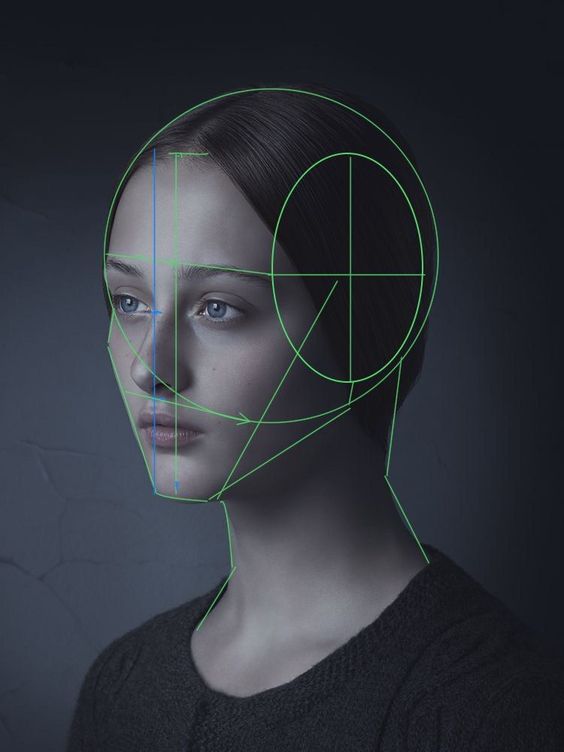
To achieve this, artists can use techniques such as overlapping shapes and adjusting the size and placement of features to create the illusion of distance. It is also important to pay attention to the angle and position of the subject’s head and body.
Avoiding Common Mistakes
There are several common mistakes that artists should avoid when drawing portraits. One of the most common mistakes is failing to create enough contrast between light and shadow shapes. This can result in a flat, two-dimensional drawing that lacks depth and dimensionality.
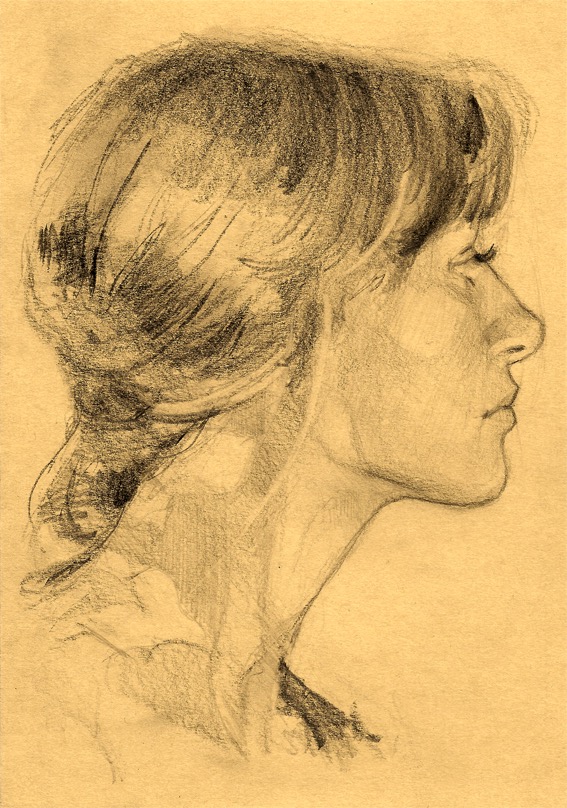
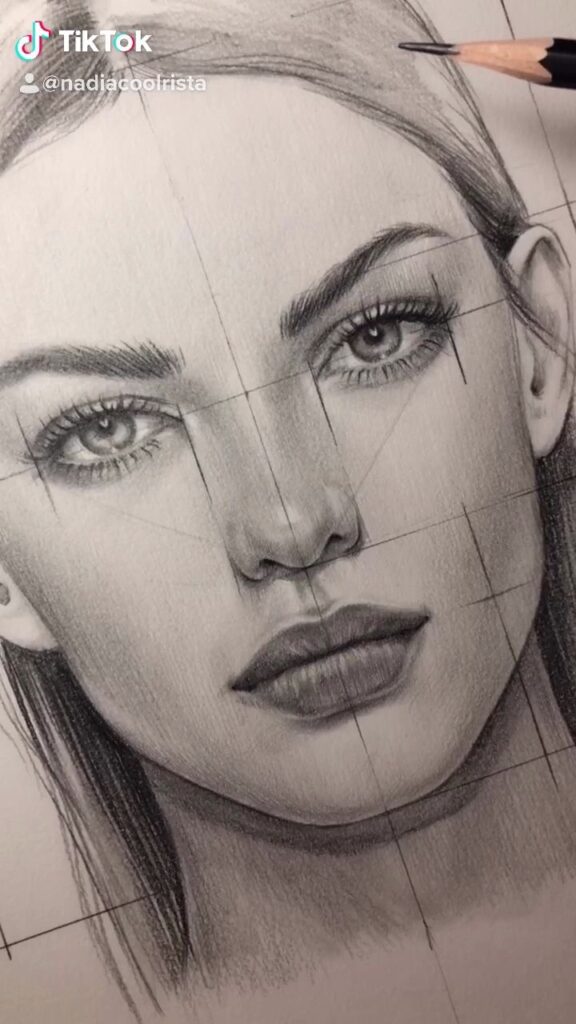
Another common mistake is failing to accurately capture the shape and placement of facial features. It is important to pay close attention to the unique characteristics of the subject’s face and to accurately depict them in the drawing.
By paying close attention to these common challenges and using the appropriate techniques and strategies, artists can create accurate and lifelike portraits that capture the unique qualities of their subjects.
- 24.7Kshares
- Facebook0
- Pinterest24.7K
- Twitter0
